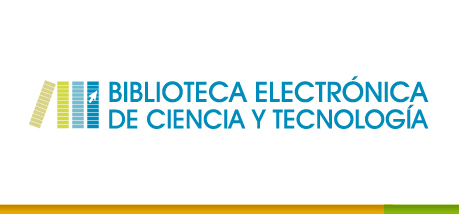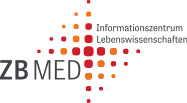Termografía infrarroja y el estudio de riesgos de lesiones músculo esqueléticas
Palabras clave:
Ergonomics, Infrared Thermography, Muscular skeletal injuries, Labor Sector.Resumen
La investigación se enfoca en la aplicación de la Termografía Infrarroja, como método no invasivo, para evaluar posibles riesgos a sufrir de lesiones músculo esqueléticas en operarios de la industria manufacturera de neumáticos en Venezuela. En tal sentido, la investigación es del tipo Exploratoria, de corte transversal, en la cual se aplicó la Termografía Infrarroja, paralelamente con la metodología “Rapid Entire Body Assessment” (REBA), en un puesto de trabajo de la zona de armado de neumáticos. Se pudo encontrar que las actividades evaluadas presentan un riesgo, de nivel medio, a sufrir lesiones músculo esqueléticas, siendo las partes del cuerpo más comprometidas los brazos, el cuello y el tronco, coincidiendo con los estudios termográficos realizados, observándose que la repetitividad de la actividad tiene impacto sobre el riesgo de lesiones por el efecto acumulativo en las zonas del cuerpo comprometidas por la tarea. Se encontró una correlación positiva entre ambos métodos aplicados con un coeficiente de correlación de Pearson de 0,2497, mostrando convergencia entre los métodos; sin embargo, el estudio es preliminar y debe realizarse un mayor número de pruebas para poder concluir estadísticamente sobre la confibilidad de la Termografía Infrarroja como método para evaluaciones biomecánicas de puestos de trabajo.
The research focuses on the application of infrared thermography as a noninvasive method to evaluate potential risks on workers of the tire manufacturing industry in Venezuela to suffer from muscular - skeletal injuries. In this regard, the research is of the exploratory type, cross-sectional, in which infrared thermography was applied parallel to the Rapid Entire Body Assessment (REBA) methodology. In a working place in the tire assembly area, it was found that the activities studied had an average risk of suffering from muscular - skeletal injuries, being arms, neck and trunk the most involved parts of the body, coinciding with thermographic studies conducted, observing that the repetitiveness of the activity has an impact on the risk of injury from the cumulative effect in the areas of the body involved in the task, reflected in the variation of temperature that becomes more variable, greater and appearing in a lesser period as the work week goes on. There was a positive correlation between both methods applied with a coefficient of Pearson´s correlation of 0.2497 showing convergence between the methods, nevertheless the study is preliminary and a major number of tests must be made to be able to have a statistically conclution about the confiability of the Infrared Thermography as a method for biomechanical evaluations of working places.
Descargas
Descargas
Publicado
Número
Sección
Licencia
Revista Ingeniería Industrial by Revista Ingeniería Industrial is licensed under a Creative Commons Reconocimiento 4.0 Internacional License. Creado a partir de la obra en revistas.ubiobio.cl/index.php/RI/. Puede hallar permisos más allá de los concedidos con esta licencia en http://revistas.ubiobio.cl/index.php/RI/about/

















